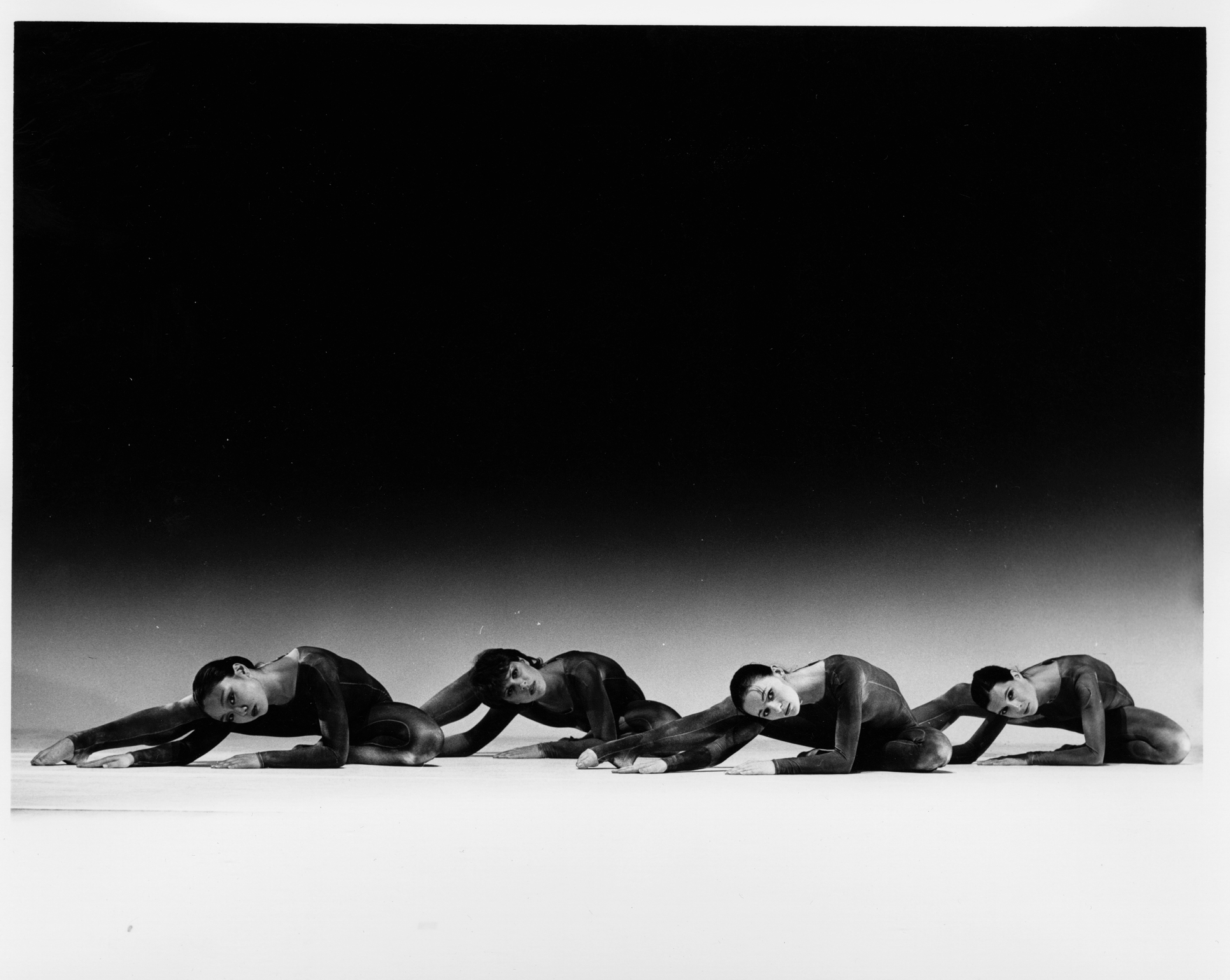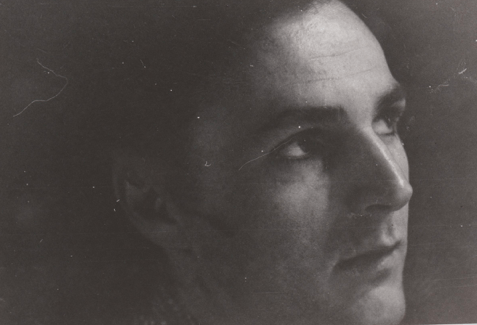Caring for Photographs: How do you…?
stop your photographs from falling apart?
We looked at the ten agents of deterioration in our blog ‘Caring for Photographs: What’s Causing my Photographs to Fall Apart?’ and examined how they cause your photographs to deteriorate. To recap, the ten agents of deterioration are:
- Humidity
- Temperature
- Light
- Chemical
- Pests
- Neglect
- Physical force
- Fire
- Water
- Theft and vandalism
Now you know what they are and the damage that they cause, let’s look at the steps you can take to reduce their impact.
How you can reduce the impact of the ten agents of deterioration:
Humidity
There are a set of recommendations and standards for archives and museums which state what Relative Humidity [RH] photographs should be stored at. Rather than read all of the eight International Standards [ISOs], put simply they recommend storage of photographs in a RH between 30% and 50%. The lower the better.
Think about where you keep your photographs:
- Cellars are notoriously damp, so avoid those
- Likewise, an attic may be too dry
- Keep photographs at least 150mm off the floor
- Don’t hang photographs on cold north facing walls
- Store and display your photographs away from sources of moisture such as kitchens and bathrooms.
If you store your photographs in boxes, that’s great, because the boxes will protect your photographs from the changing levels of humidity.
Temperature
Again, the temperature that photographs should be stored at is set in the aforementioned ISOs. Temperature controls the speed of the chemical reactions that cause the deterioration. As a rule of thumb, the lower the temperature the slower your photographs will deteriorate. As such the lower the storage temperature the better.
In some of the standards you will see COOL and COLD storage recommended:
COOL = 5 to 18 ºC
COLD = -15ºC (Achieved by freezer storage)
Light
The easiest solution is to store your photographs in the dark, such as in a box or in a cupboard.
Display of early photographic processes such as photogenic drawings and calotypes is not recommended. All photographs are very light sensitive so you must give great thought to whether you display your photographic materials.
You can fit UV filtering glass or perspex to the frame. You could also fit UV filtering film to the windows and any fluorescent lights. You may reduce the light level. Alternatively, you may find it a better solution to display copies, keeping the originals in the dark.
Chemical
Controlling pollutants is relatively easy. Make sure that you keep the areas where you look at and store your photographs clean and tidy.
Introduce a housekeeping plan. For example, a weekly dust of surfaces with a microfibre cloth and a vacuum using a cleaner fitted with High Efficiency Particulate Air [HEPA] filters is a good idea. There’s no need to buy a specialist vacuum cleaner from a conservation/preservation supplier. Vacuum cleaners with HEPA filters are available in stores and online.
Try not to use any aerosols, paints, air fresheners and other items which put gases into the air in areas where you use and store your photographs. If you are painting, or having a new carpet laid, move your photographs to an unaffected area and allow the gases to dissipate before moving your photographs back. It’s the same for exhibitions, allow time for paints, adhesives etc. to offgas before installing your photographs.
Pests
The best advice for reducing the risk from pests is regular cleaning. Make sure that you check along window sills and around doors because this is where insects will get access. Most insect infestations are caused by bird nests which can provide harbourage, so if you have nests check these areas for insects. You can monitor for pest infestations using an insect monitor which could highlight an issue you may not be aware of and allow you to stop it faster.
Mould is active all year round if the conditions are suitable but the peak seasons are spring and autumn, so monitor at those times.

Neglect
Each photograph should have its own protective enclosure. It is tempting to put several photographs in one envelope but this will lead to damage of your photographs such as abrasion, handling damage, damage to corners and tears. Your mantra should be ‘one photograph in one enclosure’.
You can use storage materials made of either paper, board or plastic. As ever, paper, boards and plastics vary in quality and some are acceptable for use with photographic materials and some aren’t.
When you are looking for a storage material that is appropriate for use with your photographs check that it conforms to:
- ISO 18902 (Imaging materials – Processed imaging materials – Albums, framing and storage materials)
And has passed the Photographic Activity Test [PAT] (ISO 18916 – Imaging materials – Processed imaging materials – Photographic Activity Test for enclosure materials). This is a pass/fail test which ensures that the storage material will not damage your photograph. Storage materials which conform to these standards are generally more expensive; proving the old adage that ‘you get what you pay for’.
Physical Force
Photographs are easily damaged by the oils in your skin and it is for this reason that you should always wear nitrile gloves when handling your photographs
Fire and Water
You should take all reasonable steps to prevent fire.
Your photographs are at risk from water damage from leaks, floods, or accidental spillages such as knocking over a cup of tea. You should always try to work in a clean and uncluttered area, and if you have a drink, move it away from where it can cause damage.
Check your drains and guttering for blockages, and after a period of cold weather check that you have no leaking pipes. Prevention is better than cure, if possible, you should store your photographs away from sources of water and at least 15cms off the floor. Storing in an archival box will also offer protection from accidental splashes. Water alarms are available to warn you of leaks and can be placed in storage areas for peace of mind.
And that’s it!
You now have the information to care for your photographs, and to slow down how quickly they fall apart.
If you have any questions please contact lorraine@dgen.net
Cover Image: Felix Cherniavsky. Veil of Disgrace, 1998. Maud Allen Research Collection. Accession number: 51.2008-2-73. ©DCD





